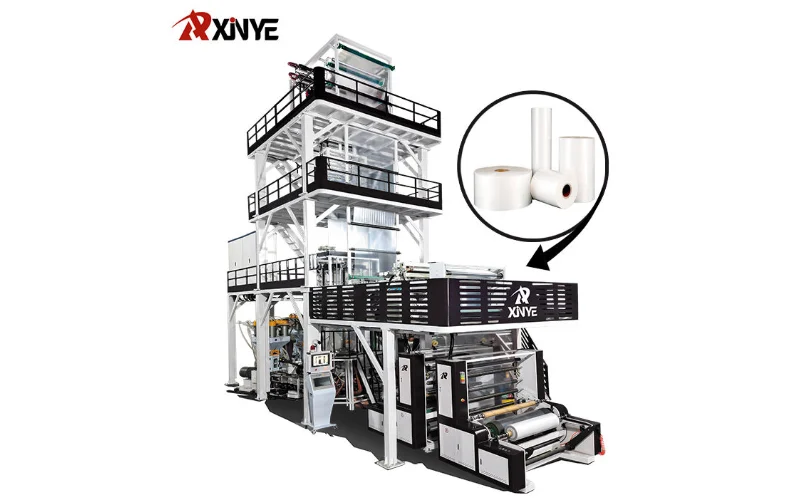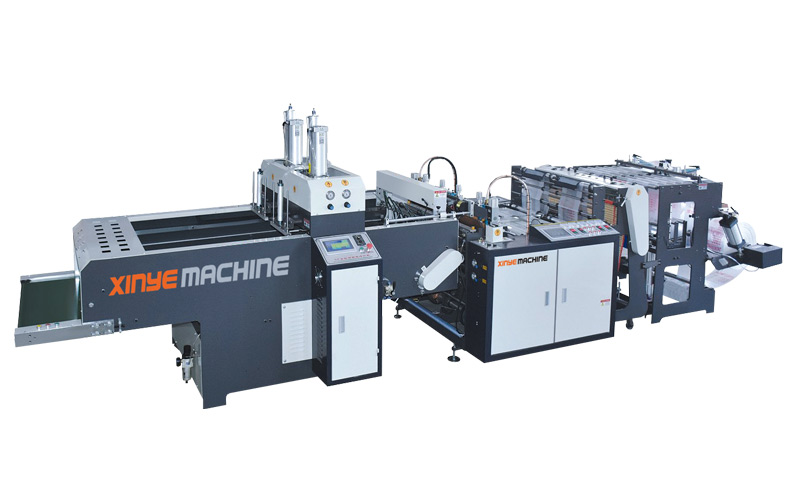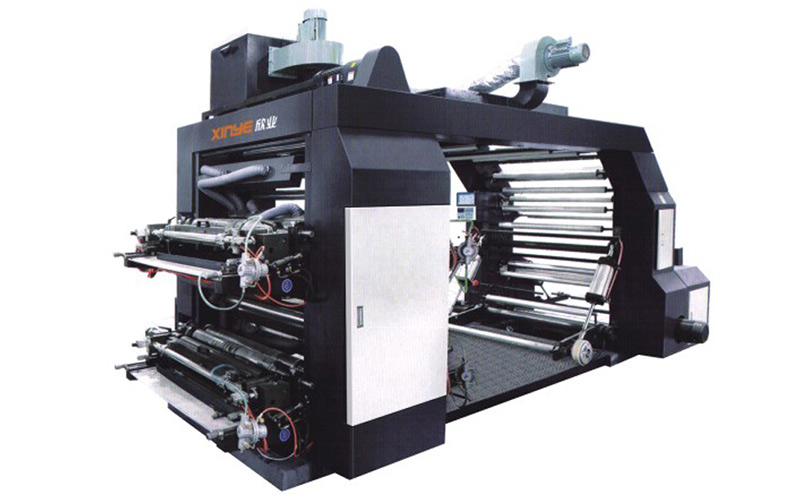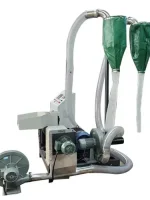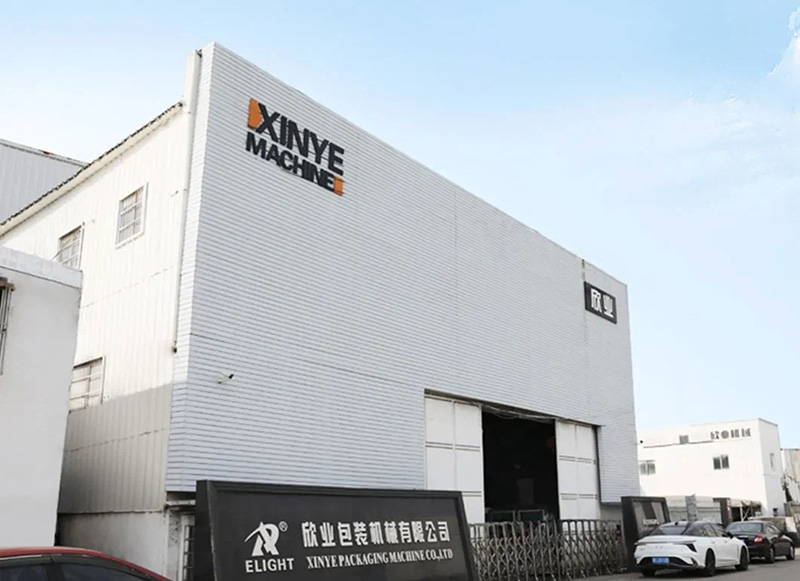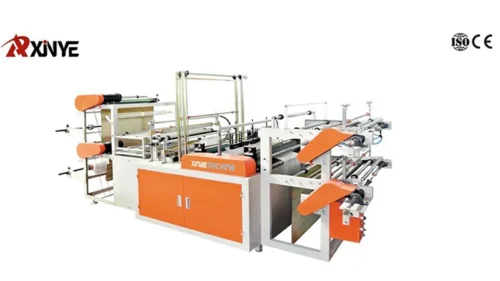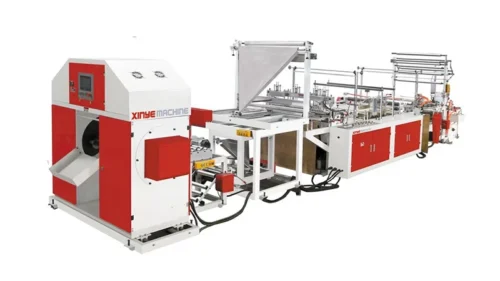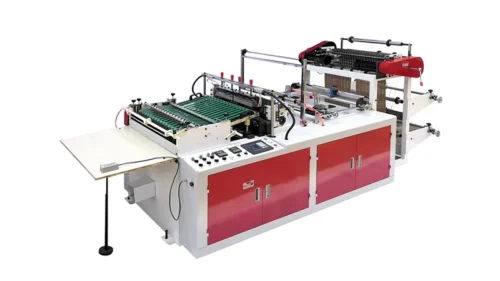In the world of plastic film manufacturing, blown extrusion stands as one of the most versatile and widely used processes. This innovative method produces the plastic films we encounter daily in packaging, agricultural covers, and construction materials. But how exactly does this fascinating industrial process work? Let’s explore the blown extrusion film process in detail.
The Fundamentals of Blown Extrusion
Blown extrusion film manufacturing begins with plastic resin – typically polyethylene (PE), polypropylene (PP), or other thermoplastic materials – in granular form. These raw material pellets are fed into the extruder’s hopper, marking the start of the transformation process.
The extruder, essentially a large heated barrel containing a rotating screw, melts the plastic pellets as they’re pushed forward. The screw design is crucial, with different zones serving specific purposes: feeding, compression, and metering. As the plastic moves through these zones, it transforms from solid pellets to a uniform molten state.
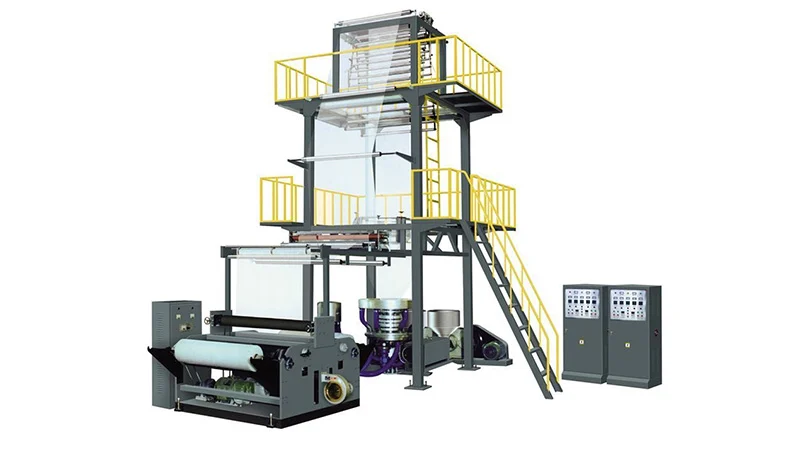
The Magic of the Die Head
Once fully melted, the plastic is forced through a circular die head, a critical component that shapes the material into a tubular form. This die features precise gaps that determine the film’s initial thickness. The design of the die lip significantly affects the film’s quality and consistency.
What makes blown extrusion unique is the introduction of compressed air through the center of the die. This air inflates the molten plastic tube like a balloon, stretching it both radially (creating the diameter) and axially (creating the length). The ratio between these two directions of stretch affects the film’s mechanical properties.
Cooling and Stabilization
As the bubble rises, it enters the cooling ring where high-velocity air cools the film rapidly. Proper cooling is essential for achieving the desired crystal structure and physical properties. Some systems use dual air rings or internal bubble cooling for enhanced control.
The stabilization cage then supports the bubble as it continues upward, maintaining consistent diameter and thickness. This is where operators can monitor the bubble’s stability and make necessary adjustments to the process parameters.
Flattening and Winding
At the top of the tower, the bubble passes through collapsing frames that gently flatten it into two layers of film. These layers then go through nip rolls that seal the bubble and maintain tension control throughout the process.
Finally, the film may pass through additional treatment processes like corona treatment (to improve printability) before being wound onto rolls by the winders. Modern winders can handle multiple rolls simultaneously, increasing production efficiency.
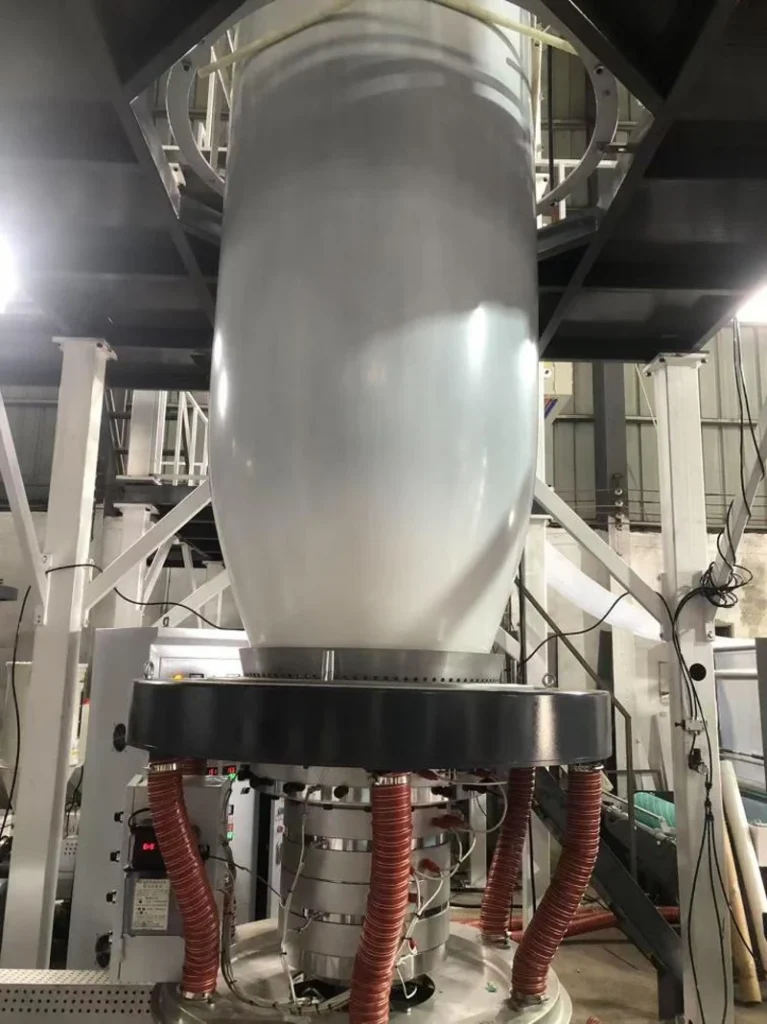
Advantages of Blown Extrusion
The blown extrusion process offers several benefits:
Produces seamless tubular films
Allows for biaxial orientation (strength in both directions)
Enables production of multi-layer films through co-extrusion
Offers excellent thickness control
Provides good optical properties for the film
From grocery bags to industrial liners, the blown extrusion film process creates versatile plastic films that serve countless applications across industries. By understanding this sophisticated manufacturing method, we gain appreciation for the complex engineering behind everyday plastic products.
For more information on plastic film manufacturing processes or to explore industrial extrusion equipment, contact our team of experts today. We offer comprehensive solutions for all your film production needs, from standard polyethylene films to specialized multi-layer structures

